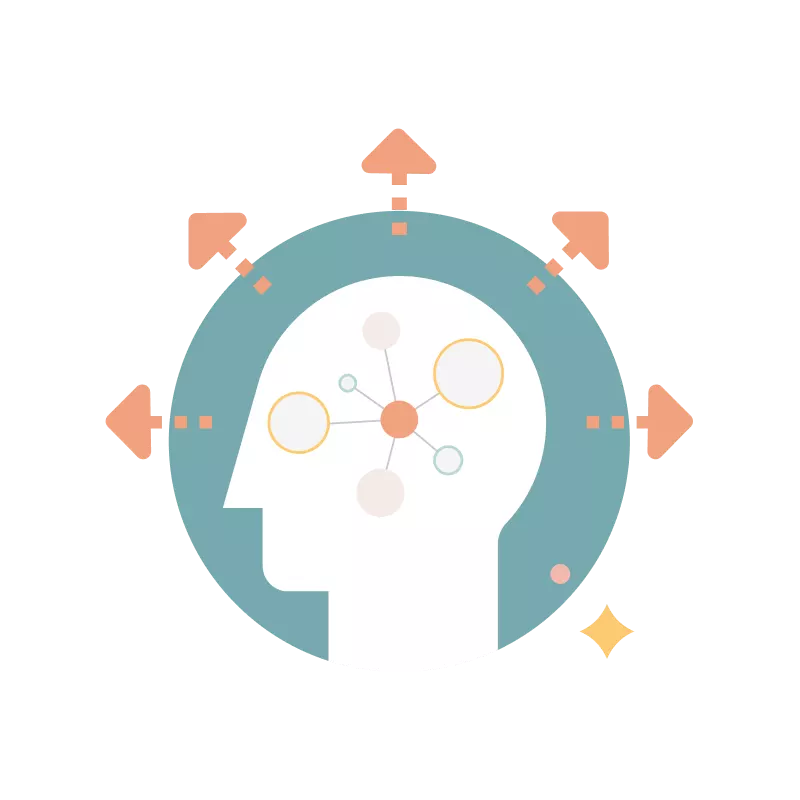Recruiters
Beyond the Box: Transforming Personality Assessments with PAT℠

Finding the right hires

Are you a blue or an orange? Is your type an INTP or an ENTJ? Personality tests have become a common tool for business. Whether it’s during the hiring process or as a way to train and connect, chances are that you’ve taken a personality test in a professional setting. And while those tests might tell a hiring manager that you’d make a good sales agent or identify which of your colleagues is the most extroverted, personality assessments don’t really effect change. In fact, they can do the opposite—by having their traits affirmed, test-takers might settle even deeper into their behaviors: Hey, it’s just the way they are.
That’s why psychotherapist and assistant professor Emma Wei believes in the PAT℠ as a superior assessment tool in a professional setting. Where other personality tests seem intent on putting employees in boxes, the PAT℠ acts as a teaching tool for leadership and individuals alike. Working with Positive Leaders’ Paul Fayad and Dr. Chak Fu Lam, Emma breaks down why the PAT℠ test is uniquely designed for the highest degree of change.
Check “Yes” or “No”
Imagine you’re a department supervisor. You have a specific employee that you really like: They’re agreeable, empathetic, and always willing to pitch in. You do notice, however, that they avoid conflict and sometimes seem burned out from their role. So, you give them a personality test to delve deeper into what makes them tick. Here’s the thing, though: Most people know what type of person they are. A personality test will simply affirm their characteristics without helping to identify next steps for working together. It’s interesting information, but not necessarily useful or impactful.
Typical personality tests also have glaring issues. Users can manipulate their answers to get the results they want or land in the category they perceive as the most desirable. We live in a high-comparison society wherein some traits are seen as better than others—particularly in a business setting. Personality tests put users in boxes, which naturally leads to comparing or relating their results to their colleagues.
The PAT℠ difference

The PAT℠’s main difference is that it doesn’t seek to put individuals in strict categories. Rather than define the taker, the PAT℠ is impossible to compare because each PAT℠ has a unique composition. It offers functional information that includes both base conditioning and current behaviors to offer actionable results and a clear path to reaching full potential. There are no levels or categories and no way to quickly sum up your results in a word or two. It simply highlights a person’s traits as they are now and offers ideas for intervention and improvement.
In the example above (our agreeable and empathetic employee who avoids confrontation), the PAT℠ can be used to identify that their behavior may not be in harmony with their mindset and is perhaps a difference in how the employee sees themself versus how their colleagues see them. The results don’t dominate or excuse behavior, but recenter a) how a leader utilizes and trains the employee and b) how the employee can alter their day-to-day behavior for better harmony between thoughts, feelings, and actions.
The benefit of the PAT℠ can be summed up in two words: development opportunities. Daily behavior and decision-making is the result of more than just someone’s basic personality type. It’s reinforced by everything from childhood experience to family, conflict, and overall conditioning. Leaders are responsible for taking each individual and shaping them based on their full potential. The PAT℠ cuts through the buzzwords and categories to identify what you’re working with and how to shape and mold each employee into the best they can be.
